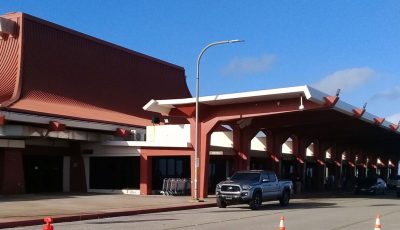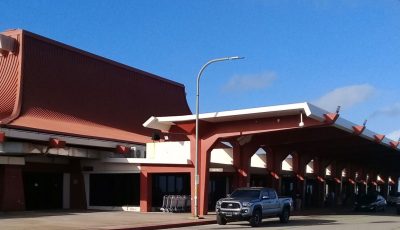OPA twits CPA for deficits in managing equipment, land
CPA says corrective actions had been taken
In an independent audit on the Commonwealth Ports Authority, the Office of the Public Auditor has found significant deficiencies in how it manages equipment and real property.
According to the independent audit conducted by Deloitte & Touche LLC on internal control and on compliance year ended Sept. 30, 2018, CPA did perform a capital assets inventory in fiscal year 2018, but a reconciliation was not performed.
The auditor said that, of 102 items tested, they noted deficiencies. For one, auditors were unable to determine the existence of three items: a Caterpillar alternator, tractor, and auxiliary equipment (or 3%t of items tested)—as the capital asset subledger lacks sufficient description to identify their location and condition.
Furthermore, the auditor said, the corresponding Federal Aviation Administration grant number was not documented for all assets tested.
One item, the Rota visual guidance could not be verified against pictures provided as the asset detail report lacks sufficient description.
Five items have been replaced and as such, assets have been written-off. The five items are security access control system, generator, water catchment, security fencing, and runway groving.
Thirteen items were not tagged to indicate they were federally funded. The serial number or the vehicle identification number was not documented in the entity’s records, except for five items.
One item, the water tanker was tagged but the tag number and the serial number or the vehicle identification number were not documented in the entity’s records.
The auditor said federally funded FAA assets could not be easily differentiated from other federally funded non-FAA assets.
The auditor said CPA lacks controls such as oversight responsibility and monitoring over compliance with equipment and real property management requirements. The effect is noncompliance with equipment and real property management requirements.
The auditor recommendation is that CPA should adhere to property management requirements such as performing monitoring activities to ascertain that the results of the annual physical inventory match with the property records and that enough details are included in the capital assets subledger to identify individual assets.
In CPA’s corrective action plan, comptroller Skye Lynn L. Aldan Hofschneider said that CPA is continuing its physical inventory efforts into fiscal year 2019 and expects adjustments to update/reconcile results with the property records.
She said CPA recognizes that these adjustments only partially address this finding in that not all inventory items were reconciled with the general ledger.
Hofschneider said CPA has implemented additional requirements for entering capital assets into its fixed asset system. For each asset entered, CPA includes the serial number, VIN number, or other identification number and the specific location within CPA’s premises.
As to the five items replaced, Hofschneider said CPA will submit a request to the federal grantor to remove these assets from its fixed asset system.
Hofschneider said the CPA Accounting Department is inputting the federal grantor agency into each federally funded asset to easily identify which assets have been federally funded.



























